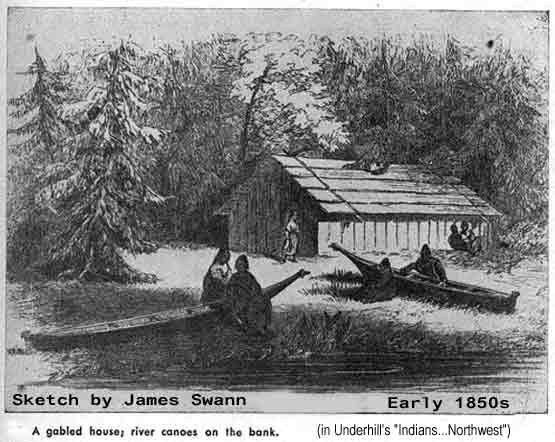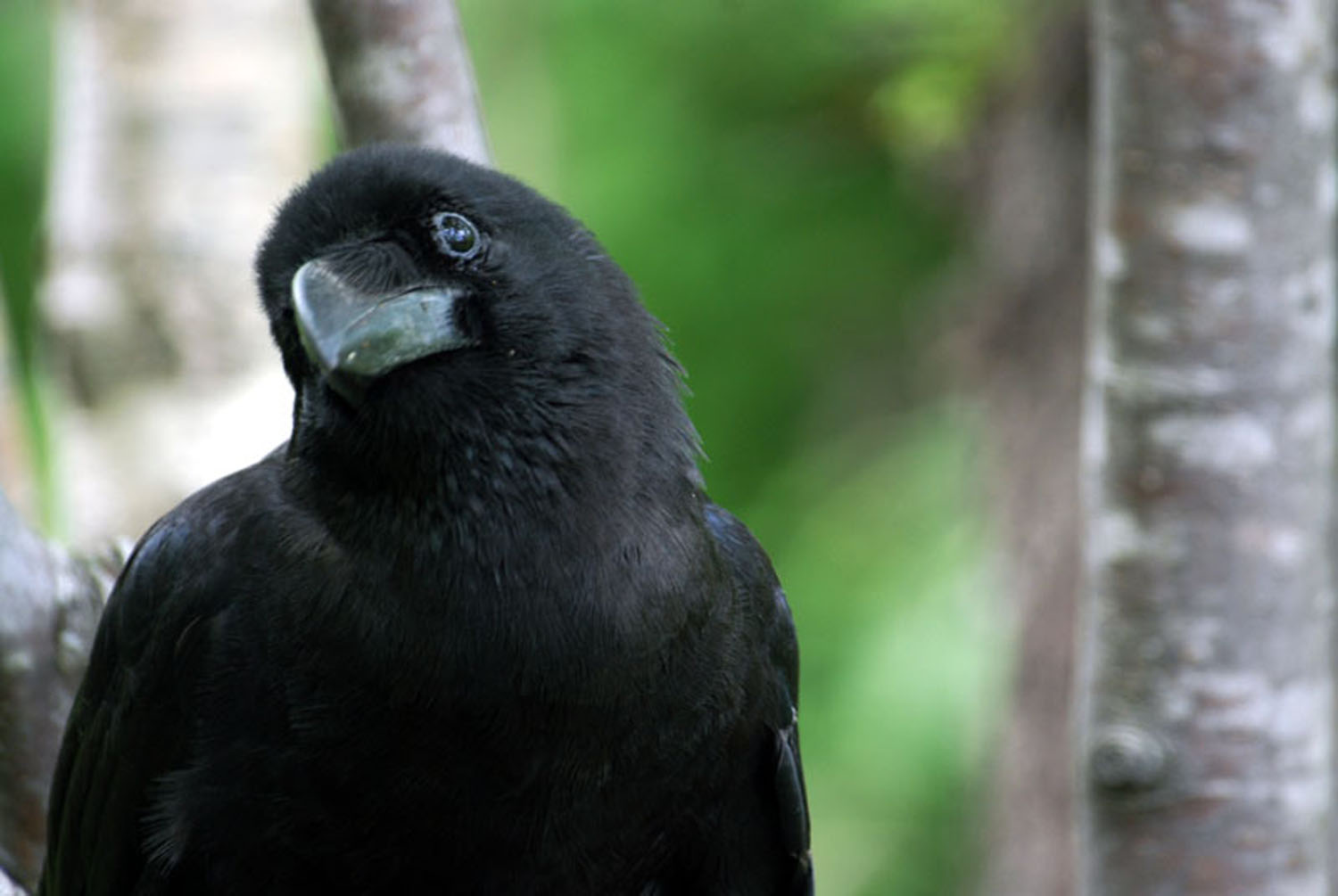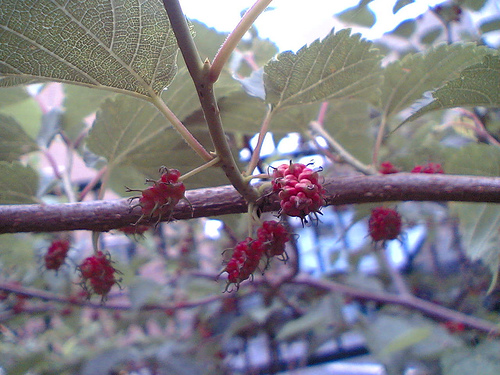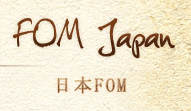Our people’s position at the mouth of the Columbia River and nearby Willapa Bay afforded us access to some of the richest arrays of resources on this continent. Waterways provided a network of trade routes that spread, like a spider web, hundreds of miles along the coast, and inland to Puget Sound, Hood Canal, the Chehalis River, and even onto the plains. The combination of these two factors culminated in a trading society unrivaled in the western half of the continent.
Semi-subterranean longhouses provided refuge from the endless rain and wind of winter, some large enough to house over a hundred people. Larger villages contained twenty or more longhouses of varying sizes. Inside these comfortable houses, the winter dances, songs and stories were told as the fires cracked and cast their long shadows. Some longhouses were temporarily abandoned for the summer fishing camps; others were occupied year round.
the endless rain and wind of winter, some large enough to house over a hundred people. Larger villages contained twenty or more longhouses of varying sizes. Inside these comfortable houses, the winter dances, songs and stories were told as the fires cracked and cast their long shadows. Some longhouses were temporarily abandoned for the summer fishing camps; others were occupied year round.
Five types of salmon returned to the Columbia River and Willapa Bay in numbers unimaginable today. Indeed, they were the heaviest runs of salmon on earth. Smelt, sturgeon, suckers, several species of trout, whitefish, eels and other fish rounded out the wealth. The beaches offered an abundance of clams, mussels, oysters and the occasional stranded whale. Offshore were sea lions, harbor seals (olxayu), sea otters, and waterfowl by the millions. The forests were rich in elk, deer (Nawich), bear, beaver, river otter (nanANuks) and small game. Wapato (wapatu) abounded upriver, and the local plains turned purple with the flowering of the Camas (lakaNAs). Cattails, Rush, Sweet Grass Sedge, Nettle, Salmon Berry, Salal, Lilly bulbs and ferns were just a sprinkling of the plant resources. What was unavailable locally was obtained through our extensive trade network.
 We were highly acclaimed canoeists, skillfully navigating the treacherous Columbia River and bar to the amazement of the traders and explorers. We plied the coastal waters from California to Alaska in canoes (kaniN) twenty-one to forty-two feet long and larger, carved from a single Red Cedar log and propelled by our distinctly notched, crescent-shaped paddles (isik) of Oregon Ash. It was this skill of travel, which transformed us into a tribe of tremendous wealth and power.
We were highly acclaimed canoeists, skillfully navigating the treacherous Columbia River and bar to the amazement of the traders and explorers. We plied the coastal waters from California to Alaska in canoes (kaniN) twenty-one to forty-two feet long and larger, carved from a single Red Cedar log and propelled by our distinctly notched, crescent-shaped paddles (isik) of Oregon Ash. It was this skill of travel, which transformed us into a tribe of tremendous wealth and power.
Chinook life has always been dictated by a strict and complex system of taboos and ritual. Failure to follow ritual procedure might doom the individual, and/or the tribe, to bad luck, sickness or death. The rules and ritual formula could vary not only according to species, such as salmon, but might also vary according to location. For example, stranded whales (ikoli) are to be processed with extreme care, with strict accordance to guidelines, lest future whales drift away.
The myths and stories are steeped in the regiment of rules, and quintic references. The number five (qwinfN) is integral to Chinuk culture and appears repeatedly in the old stories and legends (ikanuN). From the five cold wind brothers, to the five salmon brothers, qwinfN is undoubtedly the most important Chinook number. The origins of its significance are obscure, although theories exist. One theory refers to the five directions. My personal, and totally unsubstantiated, theory is that it relates to the five salmon (qwAnat) species that run on the Columbia. Regardless of its origin, its power continues today. If you wish something to happen, repeat it five times. If you don’t want something to happen, well, repeating it five times would be a bad idea.
Trade goods were diverse, with slaves (ilaytix) and Dentalium (alIkHochick) being two of the most important items. Though most slaves were acquired through other tribes, the Chinook occasionally conducted slave raids of their own. Dentalium was the hard, claw-shaped shell harvested off the shores of Vancouver Island, usually by the Nootkan people. Dentalium was the money of its day, and many items were valued in comparison to fathom length strings (iLana) of the valuable shell. Other important trade items included powdered salmon from upriver, canoes, the double elk-skin clamons (armor), cakes of dried Salal berries, Mountain Goat horn and even dried Buffalo (duyha) from the plains. Obviously, with the exposure to such a diverse pool of skill and materials, the Chinook people were able to capitalize on a tremendous amount of knowledge and expertise.
[I consider cultural education to be of the utmost importance. Share what you learn with your children and relations. Learn the stories and songs, pass the legacy on, and the circle will continue. The rumors of our extinction have been greatly exaggerated. Hayu masi, “many thanks.”]
~~~ Greg Robinson, Volume I, 1st Edition
http://www.chinooknation.org
 photo by Eiji Nishiya
photo by Eiji Nishiya







 the endless rain and wind of winter, some large enough to house over a hundred people. Larger villages contained twenty or more longhouses of varying sizes. Inside these comfortable houses, the winter dances, songs and stories were told as the fires cracked and cast their long shadows. Some longhouses were temporarily abandoned for the summer fishing camps; others were occupied year round.
the endless rain and wind of winter, some large enough to house over a hundred people. Larger villages contained twenty or more longhouses of varying sizes. Inside these comfortable houses, the winter dances, songs and stories were told as the fires cracked and cast their long shadows. Some longhouses were temporarily abandoned for the summer fishing camps; others were occupied year round. We were highly acclaimed canoeists, skillfully navigating the treacherous Columbia River and bar to the amazement of the traders and explorers. We plied the coastal waters from California to Alaska in canoes (kaniN) twenty-one to forty-two feet long and larger, carved from a single Red Cedar log and propelled by our distinctly notched, crescent-shaped paddles (isik) of Oregon Ash. It was this skill of travel, which transformed us into a tribe of tremendous wealth and power.
We were highly acclaimed canoeists, skillfully navigating the treacherous Columbia River and bar to the amazement of the traders and explorers. We plied the coastal waters from California to Alaska in canoes (kaniN) twenty-one to forty-two feet long and larger, carved from a single Red Cedar log and propelled by our distinctly notched, crescent-shaped paddles (isik) of Oregon Ash. It was this skill of travel, which transformed us into a tribe of tremendous wealth and power.